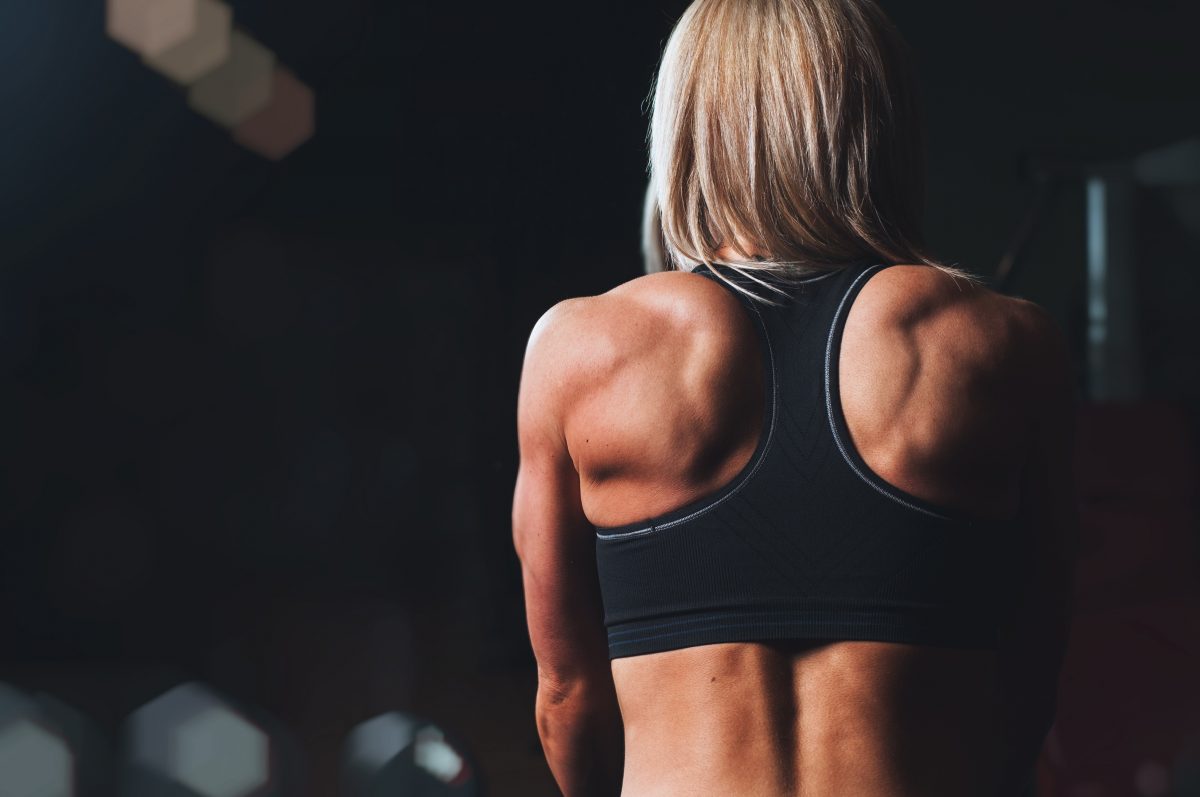Sports Massage
Athletes of all levels use sports massage to keep their muscles ready to perform.
Massage can reduce post-exercise soreness, prep muscles for activity, and manage muscle tension during training. Each phase of the training cycle calls for a different therapeutic approach.
Sports Massage 101
Generally speaking, sports massage aims to support an athlete in their physical training. Sessions may be short in duration and focused on specific muscle groups. The therapist often uses stimulating techniques instead of relaxing ones. The therapist may also have to work into deep layers of tissue or incorporate movement techniques during the session. Pre-event, post-event, rehabilitative, and maintenance massage all comprise sports massage. However each has a different goal and set of techniques.
Pre-event massage
Some athletes use massage as part of their warm-up and preparation for a tournament or race. Generally speaking, this type of massage should be quick and light. It should focus on stimulating the muscles and/or improving range of motion. Overdoing it can diminish power during exercise. However, it can improve range of motion, so the pros and cons should be weighed for the specific event and athlete.
Post-event massage
Massage during or after an event should likewise stay quick and not too firm. The therapist can alleviate a couple of sore spots and otherwise focus on broadly treating the muscles. Massage after exercise can help reduce delayed-onset muscle soreness in the following days. Too much massage right away, however, can tax already tired muscles.
Maintenance massage
Many athletes benefit from a regular routine of massage to keep their muscles primed during their training program. With maintenance work, the therapist may now get into firmer pressure and a more global approach. They can work out pain and relieve tension and often find soreness in other parts of the body that tense up during exercise. Having a regular program can also help an athlete stay tuned in to their body.
Rehabilitative massage
Sometimes injuries happen as a result of sport. Depending on the injury, targeted therapeutic massage may help as part of the rehab process. Lymphatic massage can help reduce swelling and improve recovery directly after an injury. Once a diagnosis is made and rehab has begun, massage targeting the musculature and connective tissue can work along with other treatments to help your body recover.
Specialty styles of massage
Most people booking a sports massage for either maintenance or rehab would select a therapeutic massage. The therapist typically blends myofascial, neuromuscular, trigger point, sports, deep tissue, and Swedish techniques depending on the athlete’s specific needs. However, a few other styles of massage might also help athletes stay in shape.
- Thai Yoga Massage – This style of massage combines compression, stretching, and joint manipulation. It is a great full-body stretch session and can definitely help ease muscle tension and pain from athletic training.
- Lymphatic Massage – This style of massage helps the body process cellular waste. And it also reduces swelling. This could benefit athletes by helping quicker recovery from normal training or after an injury.
- Hot Stone Massage – In the right hands, hot stones do more than just feel relaxing. They can deliver moist heat to tight muscles to enhance the massage. Moist heat helps reduce pain and delayed-onset muscle soreness.

Whether for a quick tune-up, regular maintenance, or recovery, sports massage can help athletes in a multitude of ways.


